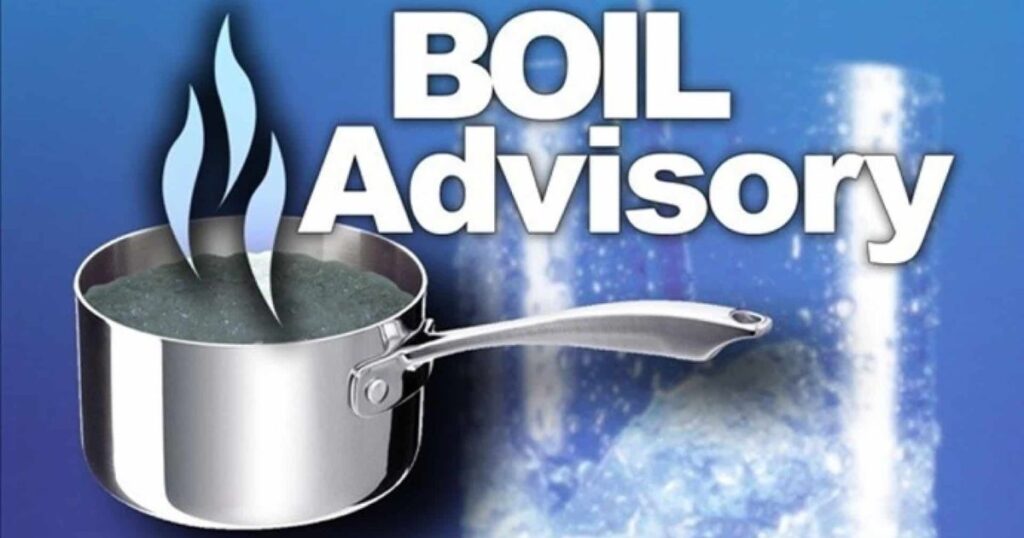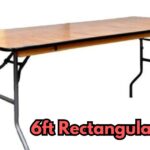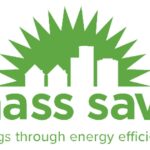We will post a link to information for currently active or recently deactivated boil water notices when it affects 400+ households and businesses.
Currently there are no large-scale boil water notices.
What is a boil water notice?
Imagine finding a notice pinned to your front door or catching wind of a broadcast on the radio or TV announcing a boil water advisory for your community. What exactly does this entail? Well, the implications can vary significantly depending on the nature of the advisory.
Notice types: precautionary vs. mandatory
Precautionary Boil Water Notices: The majority of boil water notices fall under this category. They serve as proactive alerts to customers, advising them to boil their water before consumption.
Initiated as a precautionary measure, these notices are prompted by incidents such as low or no water pressure, or a water line break, where there is a minimal possibility of backflow or bacterial infiltration into the drinking water system. They are issued out of an abundance of caution to ensure public safety.
Mandatory Boil Water Notices: This type of notice is more serious, as it mandates customers to boil tap water before use. It is issued when the drinking water system has confirmed results of contaminants in water tests that exceed allowable levels. These notices are imperative to protect public health and safety, ensuring that waterborne contaminants are neutralized before consumption.
Also read this Post: CLOSEST GROCERY STORE OPEN
How notices are delivered

When it comes to localized notices affecting a smaller vicinity, each individual resident or business owner can expect a personal notice conveniently placed on their door. However, for broader notifications impacting a larger region, the County ensures constant updates through various channels.
This includes active engagement on social media platforms, real-time updates on the official County website, dissemination of press releases to news outlets, and utilization of the HCFLAlert mass notification system, guaranteeing residents stay informed at all times.
Rest assured, once water safety tests are conducted and confirm the water is indeed safe, notices are promptly rescinded. Typically, this occurs within a span of 48 hours, although the exact timeframe may vary depending on the testing process. Furthermore, the method of notice delivery for rescinded notices mirrors that of their initial dissemination.
For direct and immediate updates on boil water notices tailored to your area, it’s highly recommended to enroll in the County’s HCFLAlert mass notification system. Stay informed, stay safe.
Business and posting notices
- Businesses and non‐residential sites should take steps, such as posting notices at or disabling, water fountains and ice machines, during the boil water notice
- If you provide water to visitors or employees, use a commercially produced bottled water for drinking or beverage preparation
- Food service operations should contact their regulatory agency for any additional requirements
Summary: Boiling Water for Safe Drinking
During boil water advisories, it’s crucial to take the proper steps to ensure your water is safe for consumption. This guide provides detailed instructions on how to boil water effectively, addressing common concerns like rinsing produce, using dishwashers, showering, brushing teeth, and handling ice cubes and prepared foods. Stay informed and protect your health with this comprehensive FAQ on boiling water for safe drinking.
FAQ’s
How Do I Boil Water to Make it Safe for Drinking?
The safest method to purify water during a boil water advisory is to bring the tap water to a full, rolling boil for one minute. After boiling, allow the water to cool completely before using it for drinking, cooking, or other consumptive purposes. Alternatively, you can use bottled water as a safe alternative to boiled tap water.
What If I Can’t Boil Water Due to a Power Outage?
In the event of a power outage, making it impossible to boil water, you can disinfect tap water by adding eight drops (approximately 1/8 teaspoon) of regular, unscented household bleach (4-6% strength) per gallon of water. Mix the solution thoroughly and let it stand for 30 minutes. If the water remains cloudy after 30 minutes, repeat the disinfection process one more time.
Can I Use Tap Water to Rinse Fruits and Vegetables?
No, it’s not recommended to use tap water to rinse fruits and vegetables during a boil water advisory. Instead, use boiled or bottled water to clean and rinse your produce to avoid potential contamination.
Is It Safe to Use My Dishwasher During a Boil Water Advisory?
Most standard dishwashers do not reach high enough temperatures to effectively kill bacteria or other contaminants that may be present in the water supply during a boil water advisory. However, if your dishwasher has a sanitizing cycle that heats water to a sufficient temperature, it should be safe to use.
Can I Take a Shower or Bath During a Boil Water Advisory?
Yes, it is generally safe to take showers or baths during a boil water advisory, as long as you take precautions not to swallow or allow water to enter your eyes, nose, or mouth. However, individuals with recent surgical wounds, compromised immune systems, or chronic illnesses may want to consider using boiled or bottled water for bathing as an extra precaution.
Can I Brush My Teeth with Tap Water During a Boil Water Advisory?
No, it’s not recommended to use tap water for brushing your teeth during a boil water advisory. Instead, use boiled or bottled water to avoid potential exposure to contaminants.
What About Ice Cubes or Food Prepared with Tap Water Before the Advisory?
Any ice cubes made with tap water during a boil water advisory should be discarded, as they may be contaminated. Additionally, if you have prepared food with tap water that should have been boiled, it’s best to err on the side of caution and avoid consuming it unless it can be thoroughly reheated to kill any potential contaminants.
What Should I Do After a Boil Water Advisory is Lifted?
Once the boil water advisory has been lifted, the Florida Department of Health recommends running water from each tap for at least five minutes to flush out any potentially contaminated water from the lines. This includes flushing misters, drinking fountains, ice makers (discard the first bin full), and any other water-dispensing appliances or fixtures.
What If I Drank the Water Before Seeing the Boil Water Notice?
In most cases, boil water advisories are issued as a precautionary measure. However, if you drank the water before seeing the notice and experience symptoms such as diarrhea, vomiting, abdominal cramps, with or without fever, seek medical attention. While these symptoms are not necessarily unique to exposure to contaminants in the water, consulting a doctor can help identify the cause of your illness and provide appropriate treatment.

Ava, boasting five years in home blogging, shares expertise in domestic living. With a sharp eye and passion for details, she navigates home decor and lifestyle intricacies effortlessly.







